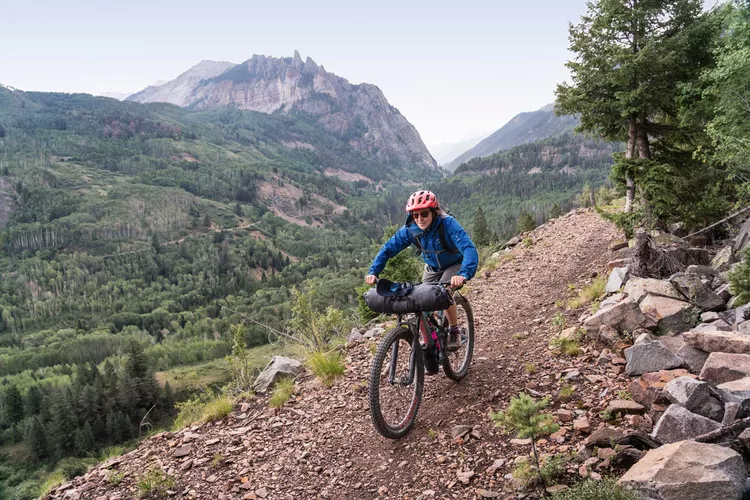Summary
What Is Bikepacking?
Bikepacking, a growing adventure sport, combines the exhilaration of bicycling with the freedom of backpacking. Here’s everything you need to know before giving it a spin. Cinematic moments like this are among the reasons bikepacking—a cycling-meets-backpacking adventure sport—is gaining popularity. “The term can refer to any multiday, off-pavement bike trip—from self-sufficient to fully supported and anything in between,” says Mark Sevenoff, co-owner of Utah based outfitter Western Spirit Cycling Adventures.
Choosing Your Gear
Your bike is your most important piece of equipment, since you’ll be spending dozens of miles in the saddle. Gravel bikes are ideal for trips with a variety of road surfaces, since they excel on both dirt and pavement; experienced riders can even tackle some single track, where the trail is about the width of a bike’s tires. Mountain bikes, which have better suspension and, often, larger tires, are superior for navigating obstacles and rougher terrain.

In traditional bike touring, riders use panniers (or side bags) to tote their belongings. These are great for smooth rides, but purpose-built bikepacking bags are lighter and don’t affect the handling of the bike on rough terrain. If you’re camping, you’ll also need a tent, a sleeping bag and pad, a stove, water bottles, navigation supplies, a first-aid kit, and a filtration device.
Planning Your Route
When choosing your route, it’s worth consulting bikepacking.com. This comprehensive database is searchable by destination, bike type, and length of trip, and each route gets a dedicated page with key stats (distance, difficulty, and so on), plus a write-up and photos.
Popular Bikepacking Trails
Travelers who want to explore restaurants and taprooms might find Vermont’s Green Mountain Gravel Growler Trail particularly appealing. The five-day, 255-mile ride combines bucolic gravel riding with stops at some of the state’s best breweries. An advanced option is the Aquarius Trail Hut System. Traversing 190 miles in Utah, from the pine forests near Bryce Canyon to the sandstone domes by Escalante, the route connects five backcountry huts made from shipping containers that are equipped with beds and showers—and refrigerators stocked with fresh food.
Riding Experiences
As bikepacking becomes more popular, more operators are offering trips for a variety of skill levels. The five-day Pedal to Backcountry Hot Springs option from Western Spirit (from $1,495) immerses travelers in the back roads of Idaho’s Sawtooth Mountains. A support vehicle carries the gear, and at evening campsites riders are rewarded with hot meals and cold beers.
High elevation makes biking more strenuous, so it helps that the High Altitude Bikepacking trip from Four Corners Guides (from $730) can be customized according to riders’ fitness and experience levels. Expert guides share insights about the area—along with their best tricks—as groups rip around single-track mountain bike trails in Colorado’s San Juan National Forest.
Another relaxed option is the inn-to-inn Katy Trail Tour from the Adventure Cycling Association (from $2,199), an eight-day gravel ride through Missouri farmlands. During stops in towns like Rocheport, riders can stretch their legs and eat lunch at local cafés.





